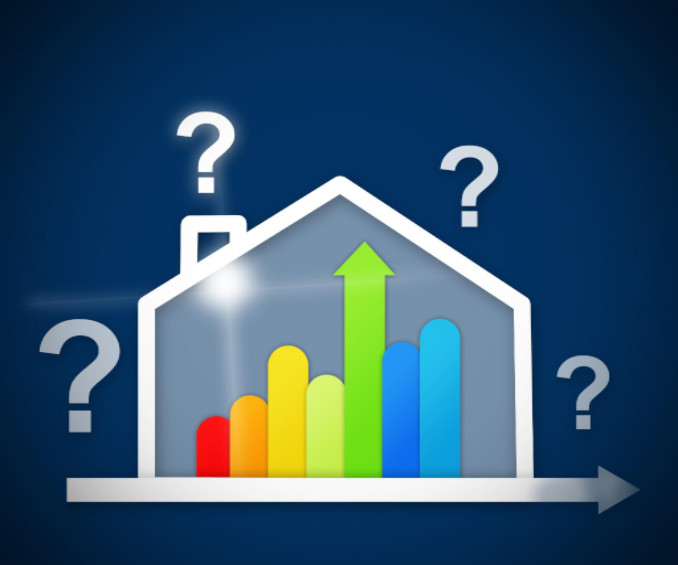Do you know which appliances are needlessly inflating your utility bill? Chances are it’s your air conditioner. You may be thinking you don’t have the money to replace it right now, but how much will it cost you to continue keeping this energy leech around?
The good news is that you can easily calculate how badly your AC is taxing you as well as how much replacement central air conditioning units can save you. The metric that can give you this insight is the SEER rating.
What Is SEER?
Here in the United States, the Department of Energy has regulations about an HVAC system’s energy efficiency, and the SEER rating is the standard each one must meet or exceed. SEER (or Seasonal Energy Efficiency Ratio) is calculated by taking the total cooling output in BTUs (British Thermal Units) divided by the total energy input (in watt hours) over a period of time.
What this basically means is the amount of cooling output produced is divided by the energy it takes to produce it. With this in mind, the higher the SEER rating, the more efficient the output and thus the more you’ll save over time. Air conditioners with SEER ratings of less than 10 have been phased out, and the minimum SEER rating for newly manufactured units is 13.
Saving Money With SEER
Going green doesn’t just have to do with the warm and fuzzy feelings about saving the planet (although those are nice too!). The more energy efficient your home, the more money you’ll be able to save on your monthly energy bills – all without lifting a single finger.
All you have to do is compare the costs of the air conditioning system you’re considering to how much you’ll save over time based on their SEER ratings. Even though the options for higher SEER ratings are more expensive up front, they will pay for themselves in utilities much faster than those with lower ratings.
According to the Lennox website, upgrading from a system with a SEER rating of 10 to one with a 15 SEER rating can save a homeowner an average of 33% per year. This means that over 5 years, that’s an average savings of $540; over 10 years, an average savings of $1080; and over 15 years, an average savings of $1620.
Nearly all HVAC technicians can give you decent insight into what a particular system’s energy efficiency capabilities are, so be sure to ask when you’re ready for a new install.
Your Best Option
When you go around comparing what’s out there on the market, you may come across the term “Energy Star.” Energy Star is one of the most successful programs backed by the Environmental Protection Agency. For homeowners looking to save money and reduce their carbon footprint on the environment, Energy Star products are the best of the best due to the strict standards they must adhere to.
In order to gain the Energy Star label, an air conditioning system must have a SEER rating of at least 14.5 and use 8% less energy than comparable models.

